Buyers aren’t Googling Anymore
They are asking AIs questions for a quicker, more specific answer to what they want. And sometimes, what they want is a particular product.
That’s why the big news today is a game changer for U.S. sellers: ChatGPT has officially launched Instant Checkout, powered by Stripe’s Agentic Commerce Protocol (ACP). With that new option, shoppers can now buy products directly inside their chats. Starting with Etsy and soon expanding to over a million Shopify merchants, this update flips the script on how ChatGPT e-commerce works.
This isn’t some far-off future. It’s happening right now, and sellers who adapt early will get the biggest wins.
What Just Happened?
OpenAI’s Instant Checkout takes buyers from question to purchase in just a few taps.
- Available today for U.S. Etsy sellers, with Shopify merchants coming soon.
- Works seamlessly for single-item purchases, with multi-item carts already on the horizon.
- Buyers pay directly in chat using cards or express payments they already use.
Here’s how it feels in action: someone types “best self-care kit under $30” and ChatGPT recommends relevant options. If one supports Instant Checkout, the buyer taps “Buy,” confirms details, and completes the purchase without leaving the chat.
For shoppers, it’s faster. For sellers, it’s a direct line to high-intent buyers powered by a ChatGPT shopping assistant experience.
Why Merchants Will Love This
This isn’t just another channel; it’s a seller-friendly model built for trust and control.
- You own the customer relationship: You keep full control over your data, branding, and customer relationships.
- No backend overhaul: ACP integrates with your current setup. Stripe users can go live with just a line of code.
- You’re still the merchant of record: You handle fulfillment, returns, and support.
- Discovery is organic: Results are ranked purely on relevance, so buyers see the products that best match their intent. This creates a level playing field where merchants can stand out through quality, value, and how well their listings address customer needs.
Think about it: ChatGPT’s system is designed around fair, intent-driven discovery, giving every merchant the chance to appear when their products align with real buyer needs. This shows the role of AI in e commerce is shifting toward balanced, opportunity-driven visibility.
Why This Is a Game Changer
This is more than a cool feature. It’s the start of agentic commerce, conversational AI ecommerce, where conversations turn into conversions.
- Frictionless buying: No leaving the chat, no abandoned tabs.
- 700M weekly ChatGPT users: The scale is massive.
- Conversational search: Buyers phrase questions naturally, like “best eco-friendly candle gift set under $50.”
- The new SEO: Ranking in Google matters less. Ranking in ChatGPT’s answers matters more. That shift changes how brands approach visibility: instead of competing for page one in search, they need to prepare content that AI agents can easily understand and recommend.
E-commerce has shifted before: desktop to mobile, search to social. Now it’s moving into AI chats. This is a big leap in the future of digital commerce.
How to Optimize for AI SEO (AIO)
If ChatGPT is showing results based on relevance, your product pages need to be AI-friendly. Here’s a short checklist to prepare:
1. Structure Your Page for AI Parsing
- One clear H1 (product name + main keyword).
- Subsections with H2s and H3s: Features, Benefits, FAQs.
- Use bullet points for features.
- Add schema markup (Product, FAQ, Review).
2. Balance Keywords With Natural Language
- Use long-tail keywords (how people ask: “lightweight gaming headset under $100”).
- Blend synonyms (e.g., pimple patch, acne spot patch, blemish cover sticker).
- Write conversationally, answer buyer intents directly.
3. Speak to Buyer Pain Points
- State who it’s for and use cases (daily, travel, gifts).
- Emphasize benefits before features.
4. Include Conversational Content
- Add FAQs with real buyer questions.
- Answer in a Q&A format to mirror AI shopping assistants’ interactions.
5. Optimize for Trust & Proof
- Show authentic reviews.
- Be transparent with specs, ingredients, and warranties.
- Link to supporting guides or blogs.
6. Technical Must-Haves
- Fast, mobile-friendly, HTTPS-secure.
- Descriptive alt-text for images.
- Optimized meta titles and CTAs.
- Internal links to related products or blogs.
What’s Next
We’re just at the start, and the potential of agentic commerce is only beginning to unfold. This early phase already shows how transformative it will be for both buyers and sellers, and the roadmap ahead makes it even more exciting.
- Multi-item carts that raise average order values.
- Ads inside ChatGPT (likely the next big monetization shift).
- Global rollout beyond the U.S.
For merchants, being ready at this stage is like getting a front-row seat to the next wave of AI in retail. Those who prepare early will not only show up where conversations begin, but they will also set the standard for how e-commerce looks in an AI-first world.
The New Playbook Starts Here
ChatGPT e-commerce isn’t just dipping into online shopping; it’s redefining it. Instant Checkout signals a new era where artificial intelligence in e-commerce is the storefront, and sellers who adapt now will thrive.
ChatGPT created a game-changer feature, but at Marknology, we are ready to play. We have what it takes to guide you in optimizing your product pages, creating amazing content, and using AI in e-commerce to make sure your brand shows up in AI recommendations.

